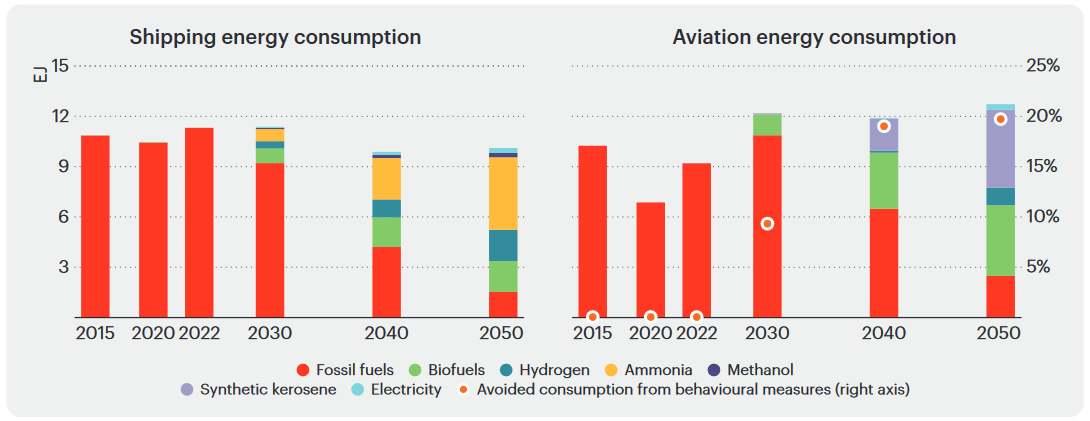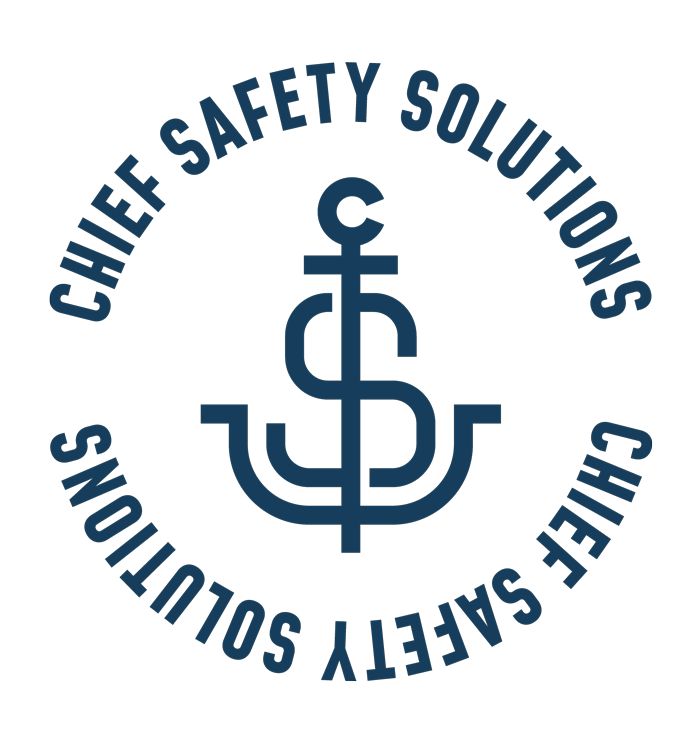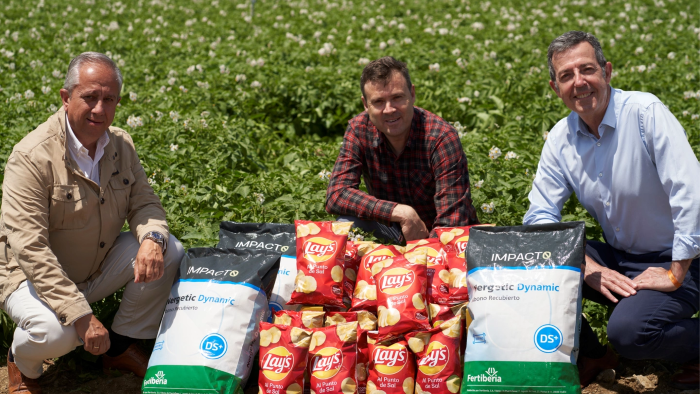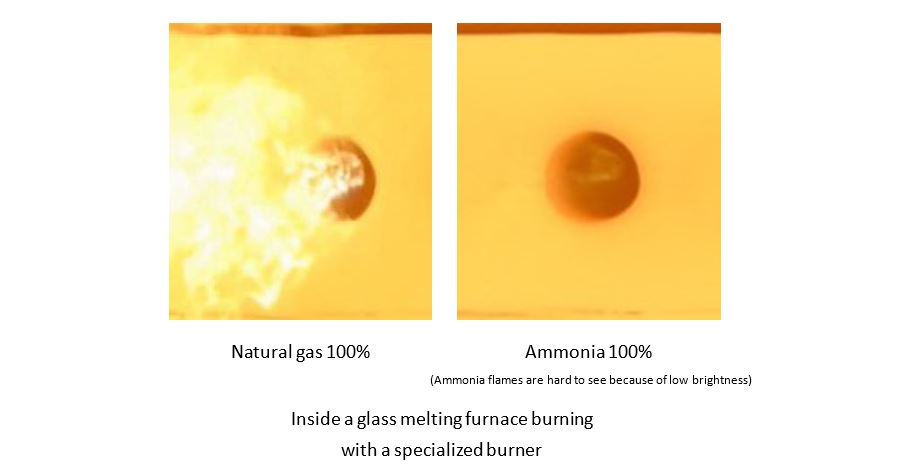With international shipping activity to more than double by 2050, the IEA forecasts that ammonia’s share of final energy consumption in the industry will rise to 44% in 2050, with a suite of other low-carbon fuels to play smaller roles. Lloyd’s Register & OCI HyFuels have also forecast that ammonia (and particularly electrolytic ammonia) will become the most significant fuel in the maritime sector by 2050.
Content by Author
OCI Global: renewable ammonia in Texas
OCI will offtake electrolytic hydrogen feedstock from New Fortress Energy’s ZeroParks facility from 2025, allowing for the production of 80,000 tonnes per year of renewable ammonia at its Beaumont plant in Texas. This “over-the-fence” feedstock approach will also be employed in the development of a new multi-million tonne per year, greenfield ammonia plant in Beaumont, with Linde to own & operate an adjacent, CCS-based hydrogen production plant.
Fertiberia: low-carbon fertilizer alliances with Heineken, PepsiCo
“Green fertilizer” produced at Fertiberia’s Puertollano plant has been successfully used on barley & potato crops in Spain, paving the way for future supply chains. Both Heineken and PepsiCo are aiming to reduce agricultural emissions and intend to scale-up the use of green fertilizer, and Fertiberia is set to begin producing low-carbon fertilizer at its other Spanish production centres.
Barents Blue: new CCS operator, partnership with Fertiberia
Horisont Energi will partner with PGNiG Upstream Norway for the Barents Blue ammonia project. After the departure of original CCS partners Equinor and Vår earlier this year, Horisont also announced that Fertiberia would join as 50:50 development partner.
Doosan Enerbility to export ammonia co-firing tech to Indonesia
Korea-based Doosan Enerbility and Indonesia Power will partner up to deploy ammonia co-firing technology at the Suralaya Power Plant in Java. The newly-commissioned Jawa 9 & 10 generating units will be converted, with studies into a full ammonia supply chain and technical requirements to be completed by 2027 - the same year Doosan is targeting for commercialisation of its co-firing burner technology.
Ammonia fuel for glass production demonstrated in Japan
Asahi Glass Corporation announced it has successfully used 100% ammonia fuel to produce architectural glass over two days of testing at its Yokohama Technical Center, with NOx emissions below environmental thresholds. The news follows successful ammonia co-firing tests to produce cement clinker by Mitsubishi UBE Cement Corporation.









